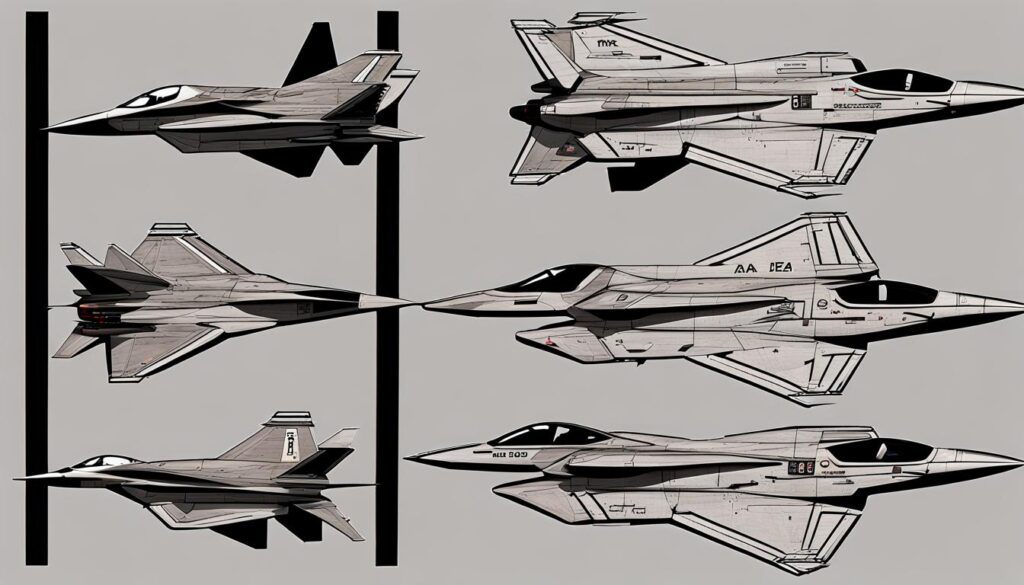1st Generation Fighter Planes
The debut of operational jet fighters took place in the closing stages of World War II with the Me 262. This pioneering aircraft resembled its piston-engine counterparts, boasting straight wings and a construction primarily of wood and light alloy.
2nd Generation Fighter Planes
The second generation witnessed a leap forward, incorporating swept wings, range-finding radar, and infrared-guided missiles.
3rd Generation Fighter Planes
As technology advanced, the third generation brought about supersonic flight, pulse radar, and missiles capable of engaging opponents from a distance.
4th Generation Fighter Planes
Moving into the fourth generation, aircraft introduced pulse-doppler radar, heightened maneuverability, and the capability to shoot down targets from a lower altitude.
5th Generation Fighter Planes
The fifth generation heralded a new era, marked by advanced stealth technology, integrated avionics, and networked data fusion capabilities. Notable examples include the F-22 Raptor and F-35 Lightning II.
6th Generation Fighter Planes
The ongoing development of sixth-generation fighter planes anticipates their entry into service in the 2030s. Although still in early stages, common characteristics of many sixth-generation concepts include advanced propulsion systems, directed energy weapons, and the integration of artificial intelligence.

The journey of fighter planes showcases a continuous evolution, adapting to the demands of changing times and technological progress. As we look towards the future, the promise of sixth-generation fighters holds exciting potential, ushering in a new era of aerial dominance with cutting-edge features.